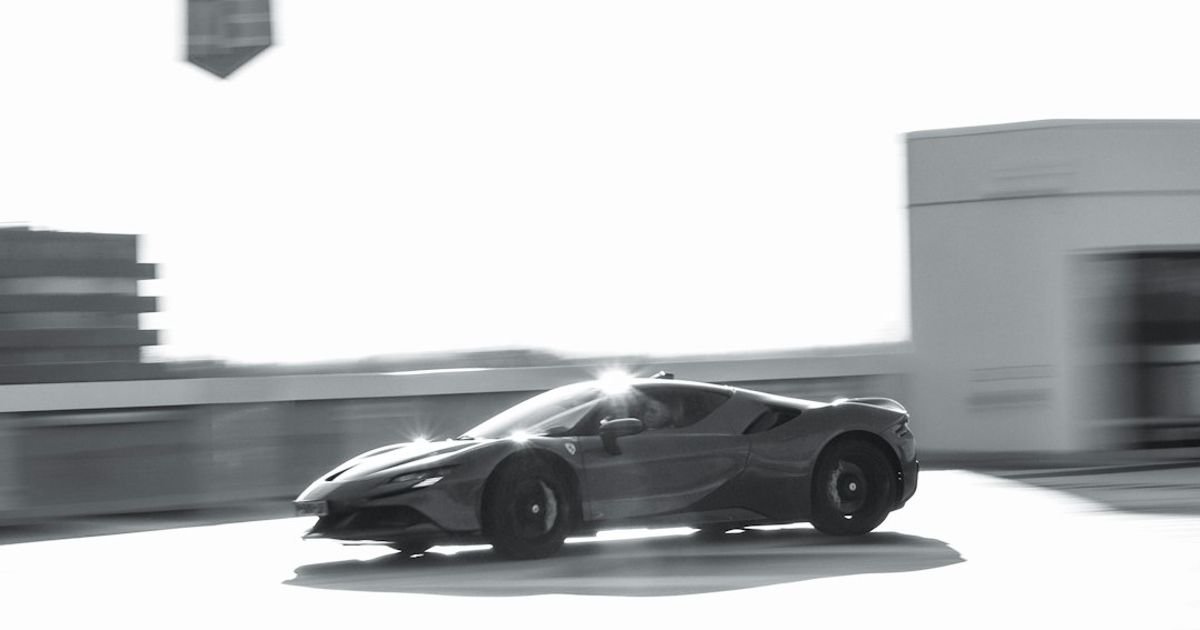About Prompt
- Prompt Type – Dynamic
- Prompt Platform – ChatGPT, Grok, Deepseek, Gemini, Copilot, Midjourney, Meta AI and more
- Niche – Art & Design
- Language – English
- Category – Art
- Prompt Title – Free 3d Cars Prompts
Prompt Details
This prompt is designed to be adaptable across various AI platforms for generating 3D car models for artistic purposes. It allows for extensive customization and control over the generated output, encouraging experimentation and exploration within the Art & Design niche.
**Base Prompt:**
“`
Generate a 3D model of a [Car Type] with [Body Style]. The overall aesthetic should be [Aesthetic Style]. The car should feature [Key Features]. Render the model with [Rendering Style] in a [Environment/Background]. The final output should be suitable for [Target Output].
“`
**Prompt Expansion & Customization:**
**[Car Type]:**
* Specify the type of car, e.g., sports car, sedan, SUV, truck, van, concept car, futuristic car, vintage car, race car, etc. Be as specific as possible. For example, instead of just “sports car,” try “1960s Italian sports car” or “futuristic flying sports car.”
**[Body Style]:**
* Describe the car’s body style, e.g., coupe, convertible, hatchback, fastback, roadster, pickup truck, etc.
**[Aesthetic Style]:**
* Define the overall artistic style of the car, e.g., cyberpunk, steampunk, art deco, minimalist, futuristic, retro, classic, elegant, aggressive, rugged, etc. Consider combining styles, like “retro-futuristic” or “cyberpunk with art deco influences.”
**[Key Features]:**
* List specific features you want the car to have. This could include:
* **Exterior:** Large spoiler, exposed engine, custom rims, unique headlights/taillights, unusual body panels, aerodynamic features, visible damage/wear, specific materials (chrome, carbon fiber, brushed metal), decals/livery, etc.
* **Interior:** Leather seats, digital dashboard, racing harness, minimalist interior, luxurious detailing, visible technology, etc.
* **Functional elements:** Visible suspension, working doors/hood/trunk, retractable roof, thrusters (for futuristic cars), etc.
**[Rendering Style]:**
* Specify the desired rendering style. Examples:
* Photorealistic: Aim for maximum realism, mimicking real-world lighting and materials.
* Clay render: Show the car’s form without textures or materials.
* Wireframe: Display the underlying wireframe structure of the model.
* Sketch style: Emulate a hand-drawn sketch aesthetic.
* Cartoon/Cel-shaded: Create a stylized, non-photorealistic look.
* Specific art styles: Imitate the style of specific artists or art movements.
**[Environment/Background]:**
* Describe the environment where the car should be placed. Options include:
* Studio backdrop: A neutral background for showcasing the car’s design.
* Realistic environment: A specific location, such as a city street, race track, desert landscape, or futuristic cityscape.
* Abstract background: Use colors, shapes, and patterns to create an artistic backdrop.
**[Target Output]:**
* Specify the intended use of the 3D model. This will help the AI tailor the output. Options include:
* Still image: A single image of the car.
* Animation: A short animation showcasing the car’s movement or features.
* 3D printing: A model optimized for 3D printing.
* Game asset: A model suitable for use in a video game.
* Concept art: A stylized rendering to convey a design idea.
**Example Prompts:**
* **Example 1 (Cyberpunk Sports Car):** Generate a 3D model of a futuristic sports car with a fastback body style. The overall aesthetic should be cyberpunk, incorporating neon lights and exposed mechanical parts. The car should feature a large rear spoiler, custom rims, and glowing headlights. Render the model photorealistically in a dark, rainy cityscape. The final output should be suitable for a still image.
* **Example 2 (Vintage Race Car Clay Render):** Generate a 3D model of a 1930s Grand Prix race car with an open-wheel design. The overall aesthetic should be classic and elegant. The car should feature wire-spoke wheels, a large exposed engine, and a leather racing seat. Render the model as a clay render in a studio backdrop. The final output should be suitable for concept art.
**Dynamic Adjustments:**
* **Level of Detail:** Use phrases like “highly detailed,” “low poly,” or “medium resolution” to control the model’s complexity.
* **Camera Angle:** Specify the camera angle (e.g., “front view,” “three-quarter view,” “low angle shot”).
* **Lighting:** Describe the lighting conditions (e.g., “dramatic lighting,” “soft lighting,” “neon lights”).
* **Color Palette:** Specify the colors you want to use (e.g., “metallic blue with black accents,” “bright neon colors”).
By combining and customizing these elements, you can create highly specific and dynamic prompts to generate unique and compelling 3D car models for your artistic projects. Remember to experiment and iterate to achieve the desired results.

